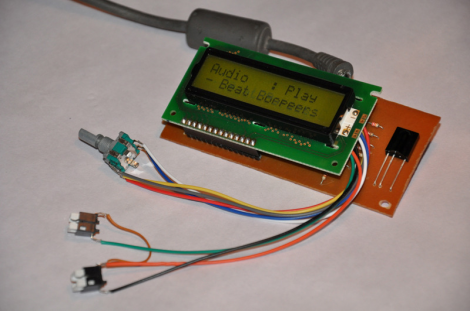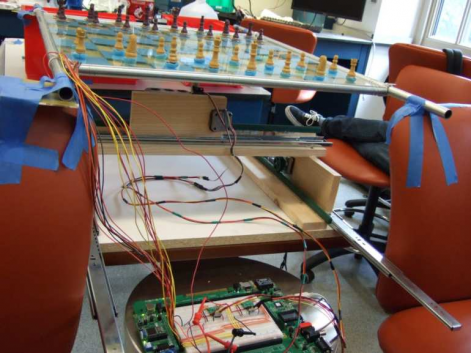
[Harrison Jackson] figured out how to add DVD playback to an iPad. It doesn’t require a jailbreak, or any hardware modifications to your prized tablet. The work is done with some server-side processing and played back through the browser.
The popular open-source multimedia player VLC has the ability to encode from the command line during playback. [Harry’s] option flag mastery of the program allows him to convert a DVD to a 320×240 format that is iPad friendly. But this alone doesn’t get the video any closer to being on the iDevice. You’ll need to be running a webserver that can stream video. This example is on OSX, but since he’s using an Apache server it should be simple to reproduce on any Unix variant. Once you’ve enabled m3u8 files in the Apache mime-types, the iPad browser can be pointed to the file address VLC is kicking out and you’ll be watching a movie in no time.
We’ve wondered about replacing our home theater front-end with an ATV 2 running XBMC but the thought of having no optical drive in the living room requires some contemplation. If this becomes a feasible option (that isn’t downscaled from DVD quality) it will be a no-brainer to make that jump.
Don’t miss the demo video after the break. Full instruction are in the comment section of that clip.
















